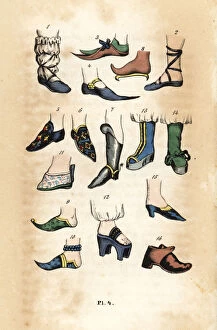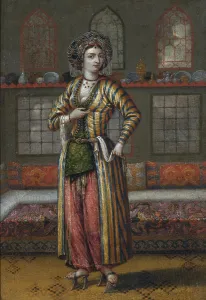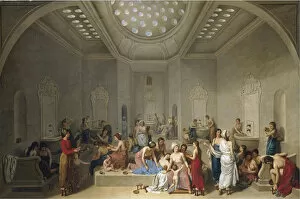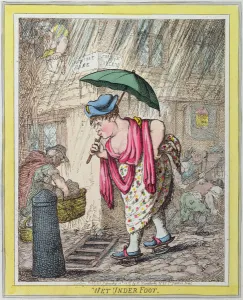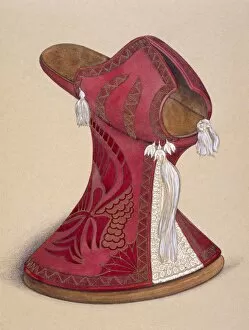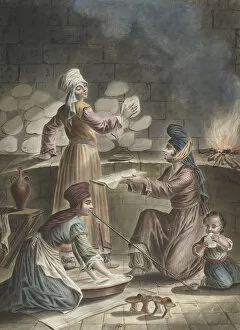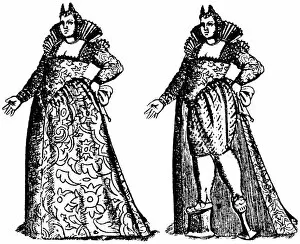Chopine Collection
The chopine, a fascinating and extravagant footwear of the past, has left its mark on history with its unique style and cultural significance
All Professionally Made to Order for Quick Shipping
The chopine, a fascinating and extravagant footwear of the past, has left its mark on history with its unique style and cultural significance. Originating in Europe, particularly Venice, during the late 16th to early 17th century, these shoes were worn by noble ladies to elevate their status and showcase their wealth. In Constantinople, a noble lady can be seen donning Hammam shoes in an exquisite painting by Jean-Baptiste Vanmour. These European shoes, slippers, and boots were not only fashionable but also symbolized social standing. The Venetian chopines from the late 16th to early 17th century are truly remarkable. Made from luxurious velvet and leather materials, they exuded opulence and grandeur. Their towering heights added inches to the wearer's stature while demanding attention wherever they went. Turkish women embraced this fashion trend as well. A Turkish woman accompanied by her servant is depicted in a delicate pastel artwork. The hammam culture in Turkey was beautifully illustrated through Moeurs' plate depicting costumes of Ottoman society. Venetian courtesans also indulged in wearing chopines during the mid-17th century. With watercolor on paper techniques capturing every intricate detail of their attire, these paintings showcased both elegance and sensuality. Chopines made from velvet and leather became iconic symbols of luxury during this period. They exemplified extravagance while providing comfort for those who dared to wear them. During the Ottoman period in the third quarter of the 18th century, baths played an essential role in society's daily life as shown through watercolor artworks on paper. The depiction of people wearing chopines within these scenes demonstrates how deeply ingrained this fashion statement had become. Leather silk & wood crafted chopines dating back to around 1600 provide us with tangible evidence of their existence today. These artifacts serve as reminders that fashion trends have always evolved throughout history.

